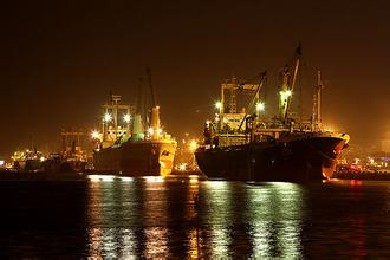The American Society of Civil Engineers today released its 2013 Report Card for America's Infrastructure, which found that the U.S.'s cumulative GPA for infrastructure rose slightly to a D-plus from a D in 2009.
The report, updated once every four years, assesses the nation's infrastructure across 16 sectors. The latest version estimated that total investment needs are $3.6 trillion by 2020 across all 16 sectors, leaving a funding shortfall of $1.6 trillion, based on current funding levels.
The grades in 2013 ranged from a high of B-minus for solid waste infrastructure to a low of D-minus for inland waterways and levees. Six sectors -solid waste, drinking water, wastewater, roads, bridges and rail-each experienced incremental improvements since the last assessment. None of the categories received a lower grade than in 2009, although numerous sectors recorded near-failing grades.
"While this grade is not surprising, since the national has not properly invested in the inland waterways infrastructure, it is still disappointing," said Michael J. Toohey, president of the Waterways Council, in a written statement. "There is, however, momentum within Congress now to make meaningful changes to increase funding for lock and dams and we remain hopeful for that."
The American Association of Port Authorities applauded the ASCE for its inclusion of seaports in the report card for the first time. "The inclusion of seaports in this infrastructure analysis is recognition of the importance of ports, and the connections to them, and to our nation's freight transportation system,"said Kurt Nagle, president and CEO of the AAPA, in a brief.
Nagle said that AAPA provided ASCE with its port infrastructure investment survey last year, which showed that U.S. port authorities and their private-sector partners plan to invest $46 billion in capital improvements through 2016.
"The C grade given (to) seaport-related infrastructure in its study reinforces our viewpoint that the federal government is not investing nearly enough in the landside and waterside connections to ports," Nagle concluded.









